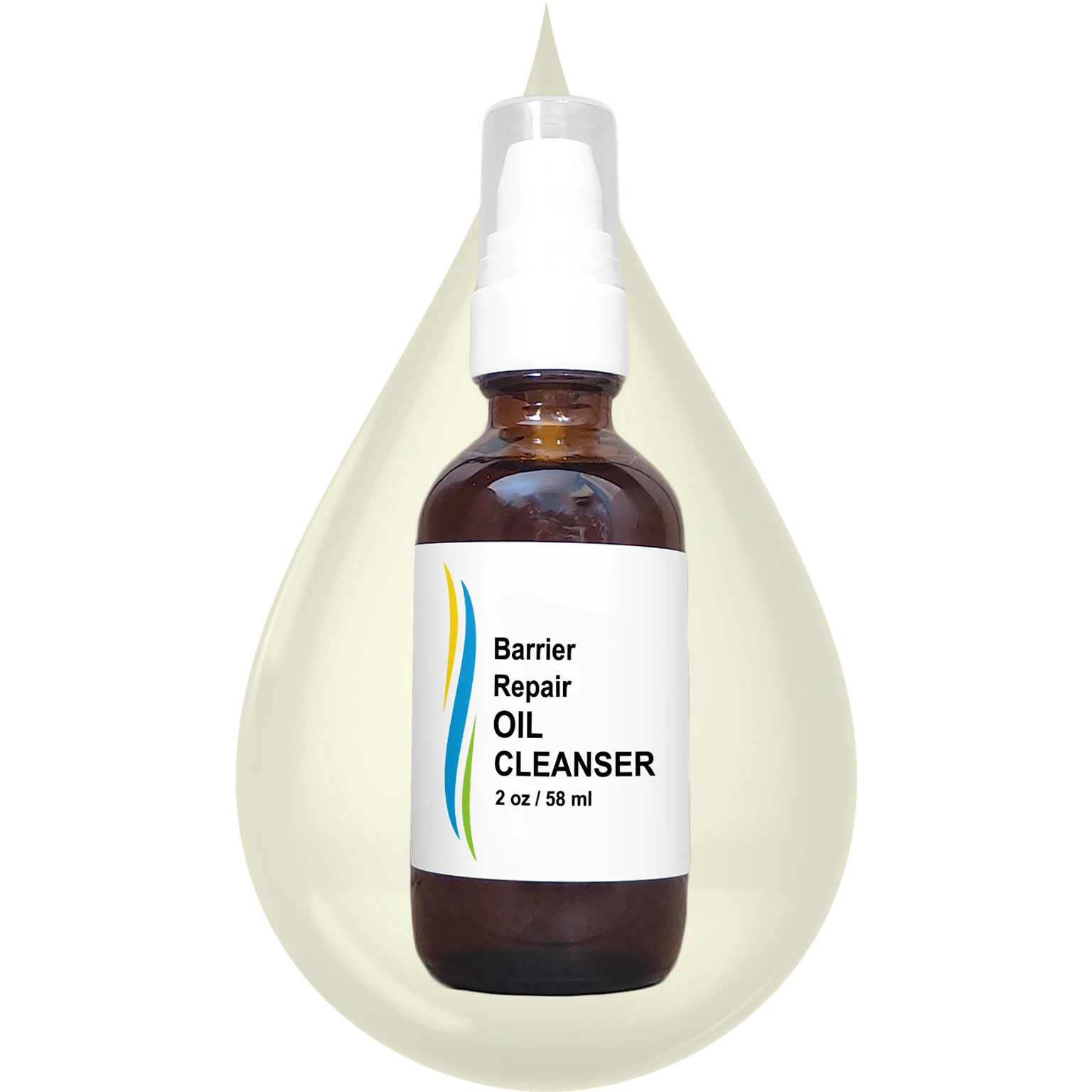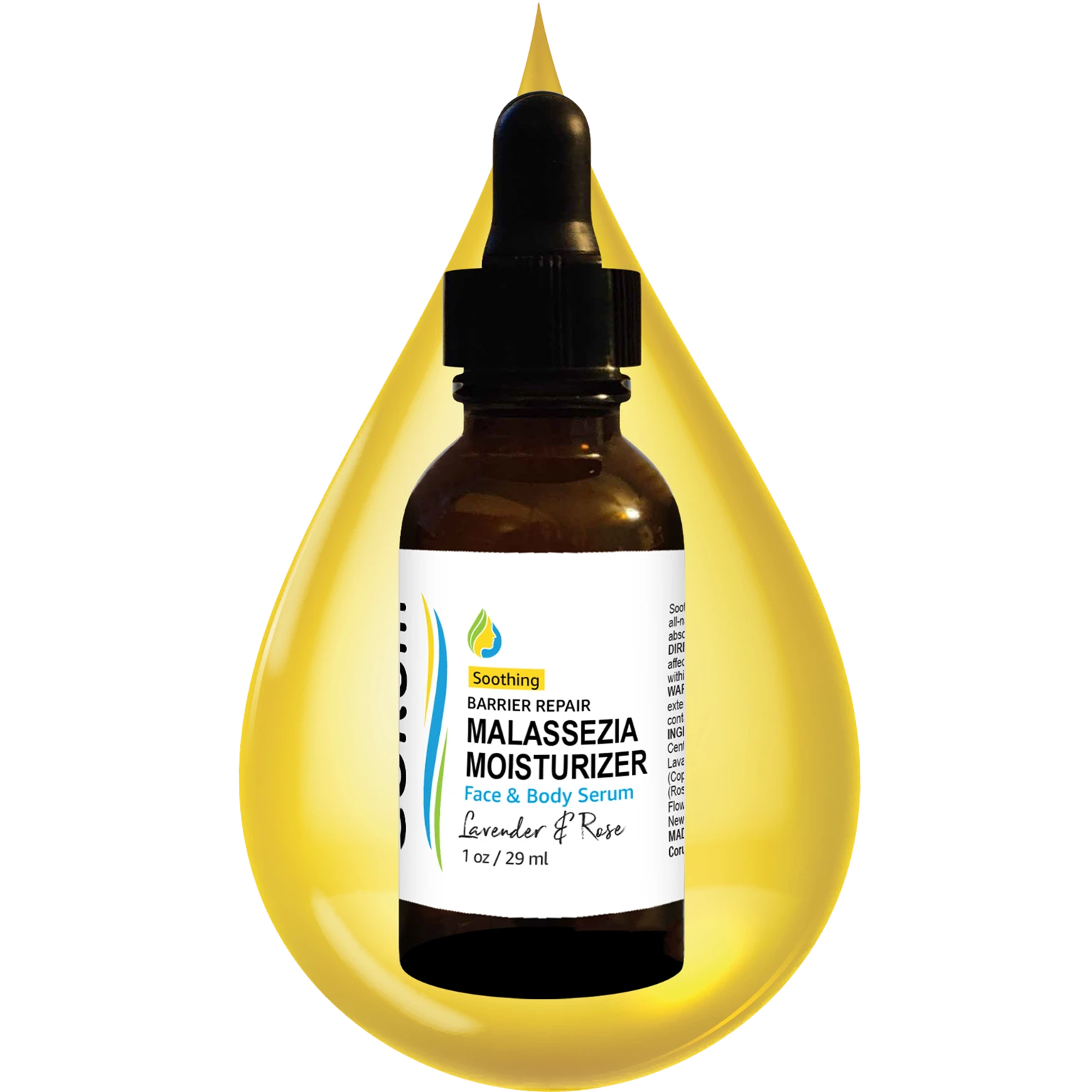
Baby skin care products are essential for keeping your little one’s skin healthy and soft. Babies have delicate skin that needs gentle and natural ingredients to avoid irritation and dryness. Here are some tips on how to choose the best baby skin care products for your child.
Look for products that are hypoallergenic, fragrance-free, and pH-balanced. These features help prevent allergic reactions and maintain the skin’s natural acidity. I prefer to use waterless products because they will not alter the skin’s pH and they don’t require preservatives, which can alter the skin microbiome.
Avoid products that contain harsh chemicals, such as alcohol, parabens, sulfates, and phthalates. These substances can strip the skin of its natural oils and cause inflammation and rashes.
Avoid using products with essential oils on children under 3 months. For children over 3 months, be sure products with essential oils are properly diluted for the safety of children.
Your pediatrician can help you determine if a product is safe and appropriate for your baby’s skin.
A good skincare routine for a baby is essential to keep their delicate skin healthy and protected. Start by using a gentle, fragrance-free cleanser during bath time. Avoid over-bathing as it can strip the natural oils from the baby’s skin. A fragrance-free oil cleanser is ideal for gently cleaning the skin without over-drying.
Healthy skin requires both water and oil. After bath time, use a fragrance-free skin-friendly plant oil to moisturize the skin. The oil helps to stop water from evaporating after cleansing and nourishes the skin barrier without needing to introduce preservatives. Body oil also helps protect the skin from environmental factors, such as cold, heat, and wind. Good choices include Jojoba and Meadowfoam oils or MCT Oil. If the baby has a rash, use only MCT oil or Squalane.
Apply a thick layer of diaper cream to prevent diaper rash. Check the diaper frequently and change as soon as possible after it is soiled. Use fragrance-free wipes or a damp cloth to clean the baby during diaper changes. Avoid using talcum powder or any powdery substance as it can be harmful if inhaled.
Choosing a safe sunscreen for a baby is crucial to protect their delicate skin from harmful sun rays. Look for a sunscreen lotion which has a minimum SPF of 30 and is labeled as “broad-spectrum” to protect against both UVA and UVB rays.
Avoid using sunscreens that contain harmful chemicals like oxybenzone, avobenzone, octocrylene, or retinyl palmitate. Instead, opt for a mineral-based sunscreen that contains zinc oxide or titanium dioxide, which are better for a baby’s sensitive skin.
Don’t forget to reapply the sunscreen every two hours, or immediately after sweating or swimming. Finally, try to keep the baby in shaded areas or indoors during peak sun hours, usually from 10 am to 4 pm.
If your child develops the symptoms of skin barrier damage, please seek advice from your child’s pediatrician. There may be many causes and it’s important to try to determine what caused the problem.
To comfort a child with an itchy rash, I would start with an oatmeal bath or paste, depending on how much of the skin is affected by the rash.
For children under 2, I would apply MCT oil (paid link) to seal in moisture without compromising the delicate skin flora balance. I would avoid cleansers until the inflammation subsides.
For children over age 2, the skin can be cleansed as needed with a soft wet cloth and Corum Malassezia-Safe Barrier Repair Oil Cleanser. To reduce pain and itch while the skin heals, try Corum Soothing Malassezia Moisturizer (Lavender & Rose Blend). I would expect to see improvement over the next few days.


A patch test involves applying a small amount of the product to a small area of the skin, usually on the inside of the arm or behind the ear, and monitoring it for signs of irritation or allergic reactions. Patch testing helps identify ingredients that a baby’s skin may be sensitive to. It can prevent serious skin reactions such as rashes, hives, or even anaphylaxis.